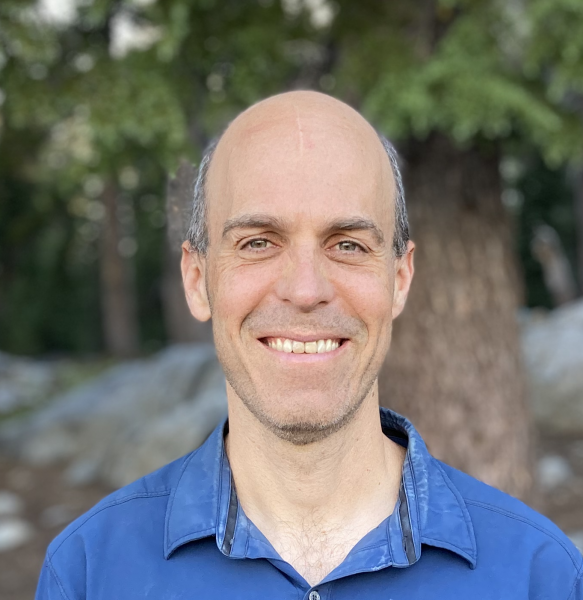
Friday, March 19, 2021
12:00-1:00 PM
Virtual
Abstract: Our lab seeks to define the molecular logic of complex cell behaviors—how cells go from sets of interacting molecules to the emergent properties of living systems. In this talk I will focus on two recent discoveries from our group: (1) how immune cells integrate substrate topology with cell movement based on some surprising biophysical properties of an actin regulator, and (2) how T cells use ligand binding kinetics to discriminate self from non-self, as we reveal with a light-regulatable T-cell receptor.
Neutrophils are workhorses of your innate immune system and are programmed to migrate to sites of injury and infection. This requires them to integrate both chemical cues (such as soluble guidance cues) as well as mechanical cues (such as finding pores in dense collagen meshworks). How these cells coordinate their shape and movement with their external environment is not well understood. We recently discovered that a key actin regulator integrates substrate topology with cell movement by acting as a link between cell polarity and substrate-induced curvature of the plasma membrane. I will cover some of the surprising biophysical features of this actin regulator that enable this integration to occur.
To detect rare antigenic peptides in a sea of self-peptide, T cells are thought to convert small changes in ligand binding half-life to large changes in cell activation. Such a kinetic proofreading model has been difficult to test directly, as we have lacked tools to specifically manipulate ligand binding half-life. We developed an optogenetic approach to specifically tune the binding half-life of a light-responsive ligand to a T cell receptor without changing other binding parameters. Our results provide direct evidence of kinetic proofreading in ligand discrimination in T cells and reveal where in the signaling cascade this computation is executed This approach could be used to dissect other signaling cascades where binding kinetics play a central role in signal transmission.
Neutrophils are workhorses of your innate immune system and are programmed to migrate to sites of injury and infection. This requires them to integrate both chemical cues (such as soluble guidance cues) as well as mechanical cues (such as finding pores in dense collagen meshworks). How these cells coordinate their shape and movement with their external environment is not well understood. We recently discovered that a key actin regulator integrates substrate topology with cell movement by acting as a link between cell polarity and substrate-induced curvature of the plasma membrane. I will cover some of the surprising biophysical features of this actin regulator that enable this integration to occur.
To detect rare antigenic peptides in a sea of self-peptide, T cells are thought to convert small changes in ligand binding half-life to large changes in cell activation. Such a kinetic proofreading model has been difficult to test directly, as we have lacked tools to specifically manipulate ligand binding half-life. We developed an optogenetic approach to specifically tune the binding half-life of a light-responsive ligand to a T cell receptor without changing other binding parameters. Our results provide direct evidence of kinetic proofreading in ligand discrimination in T cells and reveal where in the signaling cascade this computation is executed This approach could be used to dissect other signaling cascades where binding kinetics play a central role in signal transmission.
| Building: | Off Campus Location |
|---|---|
| Location: | Virtual |
| Event Link: | |
| Website: | |
| Event Type: | Workshop / Seminar |
| Tags: | Biophysics Program, Chemistry, Complex Systems |
| Source: | Happening @ Michigan from LSA Biophysics |

